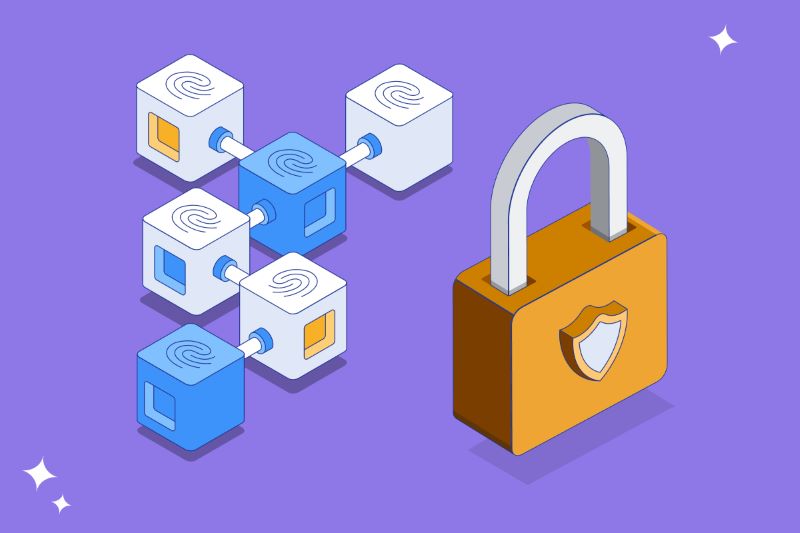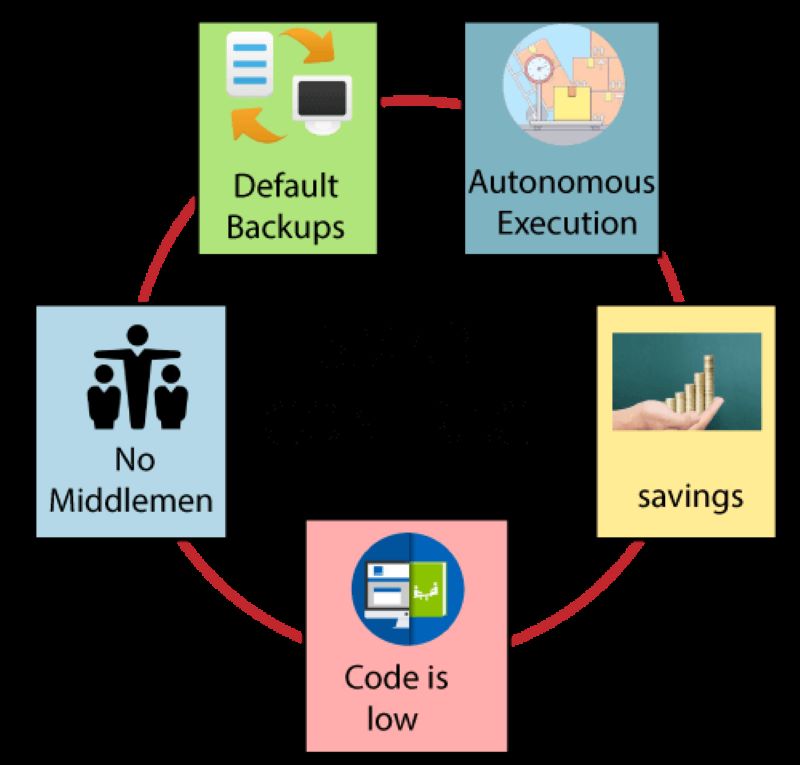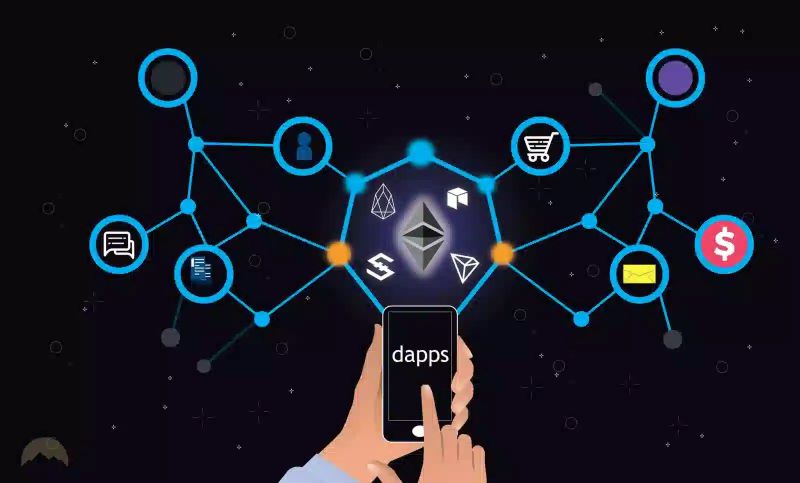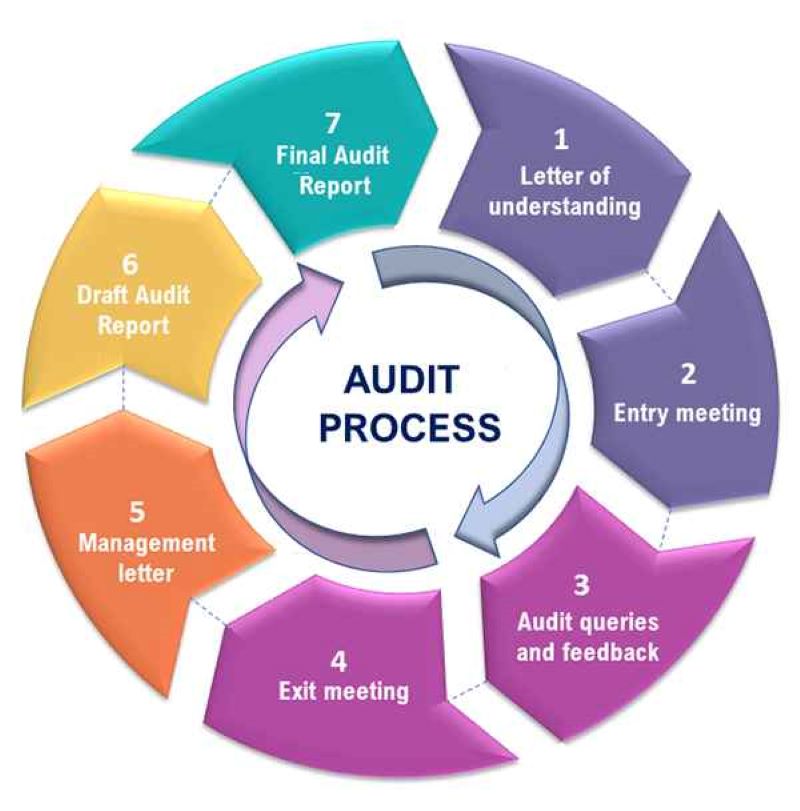In the unpredictable realm of digital assets, where every coin and smart contract can be targeted, Blockchain Security Audit Reports are your ultimate defense. Think of them as the fortified vaults guarding your treasures. Curious about how these audits can reveal hidden vulnerabilities and protect your digital gold? Let’s dive in and explore!
Understanding the Importance of Blockchain Security Auditing
The Critical Role of Security in Protecting Digital Assets
We keep money safe in banks, right? Think of blockchain security auditing as the bank vault for digital cash, like Bitcoin. We use it to keep hackers out and to make sure no one sneaks in a back door. Just as banks are vital in the physical world, in the digital world, we need strong security to protect our valuable digital assets.
When we talk about blockchain, we’re dealing with more than just money. We look after things like online votes or IDs too. These are all digital assets that need top-notch security. And that’s where auditing comes in. Audits check if everything in blockchain tech is safe and sound. They are like health checks for digital safety.
Now, just as bad habits can hurt our health, poor coding or weak security can hurt our digital assets. Audits can find these problems, making them critical for blockchain health. All this effort helps prevent attacks that can steal or harm digital assets. No one wants that, so we work hard to keep everything sealed up tight.
Comprehensive Blockchain Vulnerability Analysis
When we perform a vulnerability analysis, think of it like a detective looking for clues. We scan every part of the blockchain system to find weak spots, just like searching for cracks in a strong fortress. Every smart contract, every piece of code, gets checked. If something’s wrong, it sticks out.
The process is not a quick look-over. It’s a deep dive into the blockchain’s depths. Why? Because it’s tricky. Hackers are smart, and they look for any tiny crack to slip through. Our job is to find and fill those cracks before they do. It’s like a game of hide and seek, but with high stakes. If we win, your digital assets stay safe.
Blockchain vulnerability analysis is all about being thorough and precise. We use special security audit protocols to cover everything: on-chain, off-chain, smart contracts, the works. By doing this, we ensure your crypto world is fortified. Even when bad guys come knocking, with the right auditing, your digital castle stands strong.
In summary, blockchain security auditing is like having your own digital superhero. It guards your online treasure, finds the weak spots, and locks down your blockchain fortress. Without this vital step, digital assets are like houses with unlocked doors. And no one wants that, not in the real world and certainly not in the blockchain world. So, never underestimate the power of a professional audit. It could be the hero that saves your digital day.
Steps for Solidity Security Checks and Smart Contract Validation
Step 1: Gather the Code
Start by collecting the entire code of the smart contract. It’s essential to have every piece of code, as missing components can lead to incomplete assessments. This foundational step lays the groundwork for a thorough review.
Step 2: Review the Code
Once you have the complete code, take the time to inspect it carefully. Familiarize yourself with its structure and logic. Check each function to confirm that it performs its intended purpose without errors. This initial review is critical for identifying any obvious flaws.
Step 3: Use Automated Tools
After your manual inspection, utilize automated tools to help identify potential vulnerabilities. These tools can scan the code for known issues, bugs, and security gaps that might be overlooked in manual reviews. This step enhances your ability to detect hidden errors.
Step 4: Conduct Thorough Testing
With the automated findings in hand, perform a series of tests on the smart contract. Evaluate how it performs under various conditions, focusing on both expected and unexpected scenarios. This testing phase is essential for ensuring that the contract behaves reliably and consistently.
Step 5: Simulate Attacks
Next, adopt the perspective of a potential attacker. Analyze the contract to uncover ways it could be exploited. Conduct penetration tests that mimic real-world attack scenarios to assess the contract’s defenses and its ability to withstand various threats.
Step 6: Follow Best Practices
In your audit, incorporate lessons learned from previous vulnerabilities. Research common mistakes made in other smart contracts to guide your search for issues. Aim for clarity and simplicity in the code, as straightforward code is typically easier to understand and audit.
Step 7: Peer Review
Once you’ve completed your initial audit, engage with other experts for a peer review. This collaborative effort allows for additional scrutiny, as fresh perspectives can uncover potential problems that you might have missed. Team feedback is invaluable for strengthening the overall security of the contract.
Step 8: Stick to Security Protocols
Throughout the process, adhere to established security audit protocols. These guidelines serve as a framework to ensure that all critical aspects of the audit are covered. Following these protocols systematically increases the thoroughness of your assessment.
Step 9: Continuous Learning
The digital landscape is constantly evolving, so it’s vital to stay informed about new security threats and trends. Regularly update your knowledge and skills to keep pace with advancements in blockchain technology. This proactive approach ensures that your auditing techniques remain effective.
Step 10: Final Report
Finally, compile your findings into a comprehensive report. Summarize any vulnerabilities discovered, their potential impacts, and your recommendations for remediation. Once you’re confident in the security of the smart contract, provide a certification indicating that it meets necessary safety standards.
Navigating Audit Reports: Assessment and Interpretation
Deciphering the Findings of a DeFi Security Audit Report
When you get a DeFi security audit report, it’s like having a map. You need to know where to look and understand the signs. The report shows how safe your blockchain project is. It lists any weak spots where hackers might break in. Think of these spots as traps on your map. We need to mark them and learn how to avoid them. Each report points out issues in smart contracts and dApps. It’s not just a list, though. It gives tips on how to fix things, too.
What should you first look at in the report? Go straight to the summary of findings. It tells you the big risks and problems found. It’s like finding the X that marks treasure on a map. But instead of treasure, you get a chance to make your blockchain rock solid.
Then, look at the details about each problem. Think of each one as a clue. You’ll see what’s not working right and how bad it is. Is it a big deal, like a hole in a ship? Or is it small, like a loose nail?
Remediation Strategies and Implementing Security Recommendations
After studying the report, you’re ready for action. Now you fix the problems, just like how a captain repairs their ship. Sure, you fix big problems first, like any hole that might sink your ship. But don’t ignore the little ones! Even small leaks can cause trouble in a big storm.
To fix things, follow the security tips in the report. These are your tools and supplies for repairs. They might tell you how to change your smart contract or improve your dApp. Remember, you’re not alone. If you’re not sure how to fix something, it’s smart to ask an expert for help.
Make a plan to check your project often. You can’t just fix it once and forget it. The sea changes and new storms will come. It’s the same with blockchain. New risks pop up all the time. Keeping an eye on your project is like having a lookout in the crow’s nest. They’ll spot trouble before it reaches you.
When you follow the steps from the report and keep watching for danger, your digital treasure stays safe. It lets everyone know they can trust your ship to carry their precious cargo. And that, my friends, is worth more than gold in the wild seas of blockchain.
Blockchain Audit Firms and Services
The Selection Criteria for DApp Audit Companies
Choosing the right DApp audit company is key. Their job is to find flaws before they fuel trouble. Think of your favorite superhero. What makes them stand out? It’s not just their powers. It’s their trustworthiness, skill, and track record. The same applies to audit companies.
First, look at their expertise. They should know crypto like the back of their hand. Past projects will tell you lots. Have they handled something like your project before? Answer: Yes. More details: See their project list. Check who they’ve worked with. Big names? Good sign. They should be fluent in Solidity and understand how to lock down smart contracts.
Ask about their security protocols. How deep does their blockchain vulnerability analysis go? They use tools and brains to dig deep. A solid audit firm tests everything. They’ll hammer at your code to see if it stands strong.
Their reputation counts. Happy clients are their best ad. Do they deliver clear, helpful reports? Yes, they should. More details: These reports are your guide to make fixes and improve security.
You want a firm that uses the latest methods. This is no place for old school tech. In the fast-paced world of blockchain, staying current is a must.
Remember, cheap can mean costly mistakes. Don’t cut corners on your audit or pick based on price alone. A good security check saves you money and headaches in the end.
Independent Blockchain Audit Services and Their Value
Now, let’s talk about flying solo. Sometimes an independent audit service is the way to go. They’re the lone wolves of the security world. Their main job? To give you the raw truth about your blockchain’s health.
They don’t tie to a company, which means they’re all about the code’s safety, nothing else. This can offer a fresh look at your system. Think of it like a second opinion from a doctor. It’s priceless.
Independent auditors bring a sharp eye to smart contract security recommendations. They are meticulous. This means they catch the little bugs that could lead to big issues.
They drive for the best security design in your blockchain. They understand on-chain and off-chain risks. They can guide you with smart contract bug detection. They help you keep your system top-notch after launch, too.
Let’s face it, no one wants their crypto project to hit the news for the wrong reasons. So, teaming up with these pros is smart thinking. It’s your safety net in the digital high-wire act of blockchain.
In summary, picking the right audit firm or independent service is like choosing a partner for a treasure hunt. You want the best. They should have the skills, the smarts, and the grit to safeguard your digital gold.
In this post, we’ve looked at how vital blockchain security audits are. We explored keeping digital assets safe and how to find the flaws in blockchain systems. We walked through the steps of checking smart contracts and shared tips for finding bugs in them.
Then, we learned to read audit reports and how to fix what’s wrong. Last, we talked about choosing the right audit service that can help you the most.
My final thought: always take blockchain security seriously. By doing so, we help make sure our digital world stays safe for everyone. Investing time in audits and working with pros can save you from big headaches later on. Choose your audit partner wisely, and stay ahead in the security game!
Stay updated on the latest in blockchain technology! Follow Blockchain Global Network for insights, news, and expert analysis.





RELATED POSTS
How to protect your crypto private key: Unbreakable Security Tips
Learn how to protect your...
What is ESG in Crypto? Unlocking the Mystery of Sustainable Digital Assets
"Explore the Environmental, Social, and...
On-Chain Essentials: Unraveling the Backbone of Blockchain Technology
Dive deep into on-chain transactions,...
How Security Bolsters Blockchain Adoption: Navigating the Tech Maze
How does security impact blockchain...
Blockchain Breakthrough: How Micro-Credentials Are Gaining Value and Recognition
Enhance skills recognition through blockchain....
Regulatory Landscape: How Blockchain Transforms Student Data Management
Regulatory landscape for student data...
Blockchain Revolution: Safekeeping Educational Data in the Digital Age
Embrace blockchain's impact on educational...
Blockchain Revolution: How Is Blockchain Used In Different Industries
How is blockchain revolutionizing finance,...
Blockchain Basics: Unlocking the Mysteries of Modern Cryptography
Understanding the Cornerstones of Blockchain...
Green Cryptocurrency: Is Eco-Friendly Trading the Future?
Discover the importance of green...
Decentralized Learning Unchained: Navigating the Blockchain Education Revolution
"How do decentralized learning platforms...
Hot Wallets vs Cold Wallets: Securing Your Crypto Fortress
Secure your cryptocurrency with hot...
Innovation in Blockchain Security: How Attacks Are Sparking Genius Breakthroughs
"Innovation in blockchain security due...
Blockchain in Classrooms: Revolutionizing the Future of Education
Blockchain's Impact on Education: Enhancing...
What is blockchain and how does it work: Secrets of Digital Ledgers
What is blockchain and how...
Inter Blockchain Communication: Unveiling the Future of Cryptocurrency Connectivity
What is Inter Blockchain Communication...